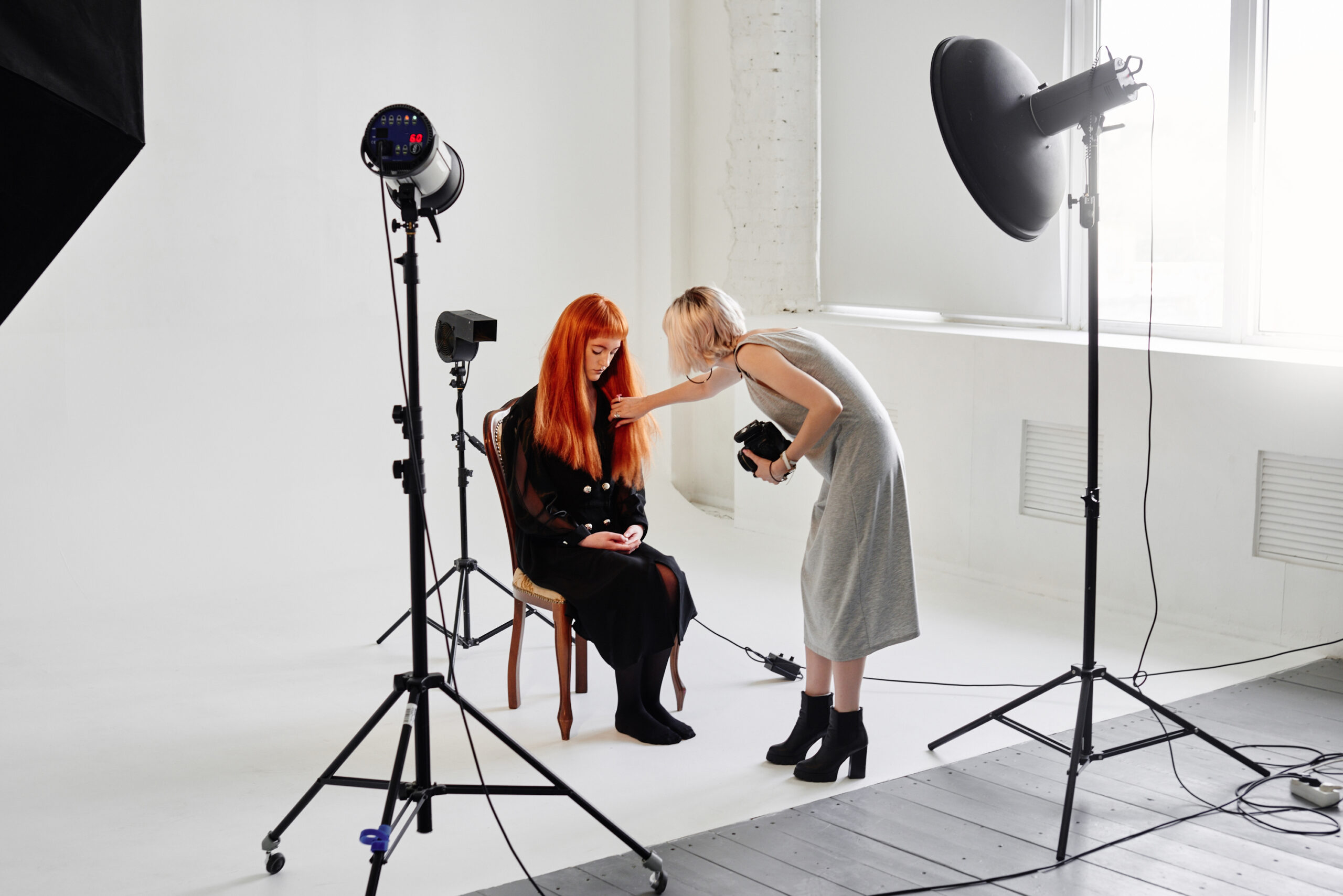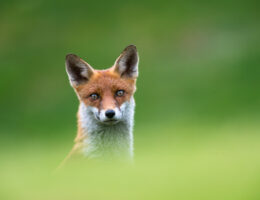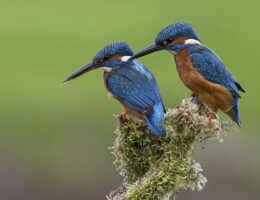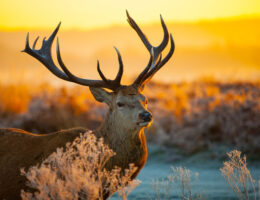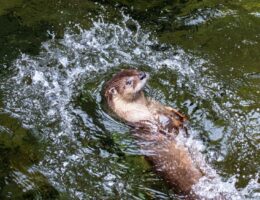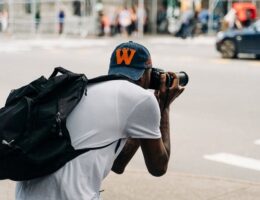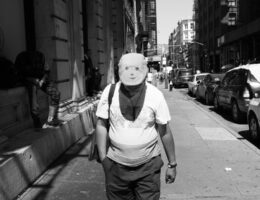IRAN ART EXHIBITION: WHICH GENRE OF FASHION PHOTOGRAPHY IS YOUR FAVORITE?
You love fashion and you love photography – you’re looking to combine the two but don’t know where to begin? This comprehensive guide to fashion photography will show you how to start. This guide breaks down the five types of fashion photography and gives you an insight into the fashion industry, taking you from fashion photography rookie to pro.
Catalogue
First and foremost, catalogue photography is the simplest type of fashion photography. The name ‘catalogue photography’ is derived from the idea of perusing a clothing catalogue to look at the products. In contemporary marketing commercial fashion photography is no longer limited only to catalogues, but it has become an integral element of e-commerce stores that rely on the photograph to make the sale to the online consumer. If you’re unsure of which type of fashion photography to start with, this is the best place to begin as it is the most straightforward – and it will allow you to get acquainted with taking pictures of clothes. Catalogue photography is also a great way to get your foot in the door before you work your way up to more complex styles of fashion photography.
The purpose of catalogue photography is to sell the clothes. The fashion is the product, and it’s your job as the photographer to make the clothes look attractive to the customer. The only difference between catalogue fashion photography and other types of product photography is the model. However, the focus of the picture is still the clothes.
Unlike the other categories of fashion photography, there is very little artistry. The backdrops are either understated or typically plain white so that the clothes stand out against the background. There are minimal accessories and no props. The models are subtle in their poses but may be posed in a way that shows the functionality of the clothing.
IRAN ART EXHIBITION: Perhaps the biggest challenge that faces catalogue photography is lighting. Shooting in dim lighting won’t show the details of the clothing well, and on the other hand, an overexposed photograph can wash out the colours of the fabrics. This defeats the point of catalogue photography which is presenting clear and accurate photos of the product. Because of this, it’s a good idea to shoot in the day, and avoid using lighting that is too bright if shooting indoors.
Lookbook
Lookbook is related to catalogue photography, but it has a more casual feel. Lookbook is a type of catalogue photography infused with lifestyle photography. You will be photographing models wearing the clothes in an everyday manner that feels natural and authentic.
The advantage of lookbook photography is that it allows the consumer to visualise what the clothes would look like in day to day situations. E-commerce stores can show the consumer their clothing in real-life locations and draw the consumer into a narrative about how they would wear these clothes. For example, the model might be wearing an evening gown in a ballroom setting. This is a persuasive advertising tool as it gives the consumer a greater sense of connection to the product, and this correlates to increased sales.
Lookbook is also on the rise becoming a fashion photography trend with an increase in amateur photographers taking fashion photographs on location. ‘Instagram models’ is a new term describing people who have gained hundreds of thousands of followers for their Instagram lookbooks. This is a more accessible form of fashion photography due to the nature of the photos, and it’s a great trend to jump on with the new wave of amateur models with no formal photography experience looking to grow and monetise their online platforms.
High Fashion
High fashion is an elevated type of fashion photography. High fashion photography is what you would see on the cover of Vogue or Harper’s Bazaar, which involves the subject modelling designer clothes. While the purpose of high fashion is partially to sell the clothes, as a photographer you are telling a story of aspirational glamour.
High fashion is the opposite of lookbook in terms of relatability – as the photographer you are trying to achieve a flawless image, consisting of a high fashion wardrobe, glamorous hair and makeup, and a sophisticated setting. It is up to you to blend these elements into a beautiful photograph, which creates a narrative about the model and the outfit. Also, retouching is almost always used in high fashion photography to create an immaculate image.
IRAN ART EXHIBITION: In order to take a high fashion photograph, it’s important to have a collaborative team working with you to help you create the ambience for your photo. You won’t necessarily be able to choose your team or location depending on the job, but be prepared to try and articulate your vision so they can help you create the right mood.
In terms of equipment, you will need lighting equipment and a good quality camera. It’s important to have a lightweight camera as this will make it easier to take photographs on set. It’s a good idea to have a selection of lenses to vary your pictures. It is essential to have Photoshop or other high-end editing software to retouch your images afterwards.
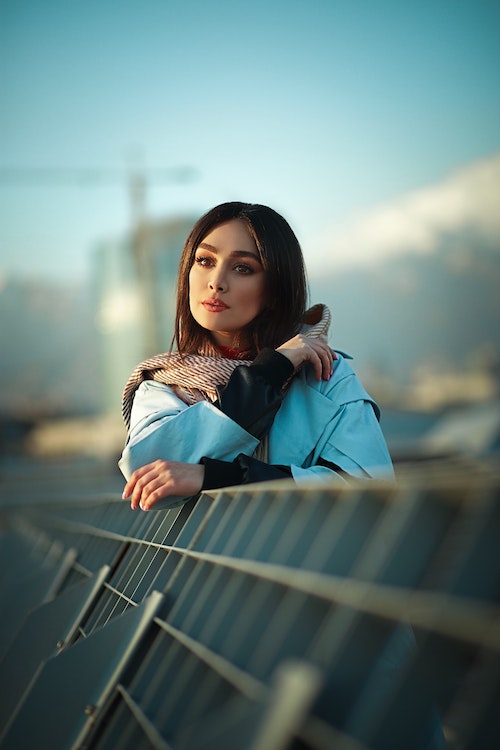
Editorial
Editorial and high-fashion are similar, but editorial allows even more freedom for artistic license. Editorial fashion photographs will be found in magazines and newspapers, as part of an article which can be about a variety of topics.
Editorial photos can be more conceptual than high fashion and suggestive of a backstory. Using a particular designer brand or model you can use their concepts to create a narrative.
IRAN ART EXHIBITION: Editorial can be challenging as there are a lot of design elements to consider, including location, wardrobe, hair, makeup and props. Although editorial can be challenging, as a photographer this can be one of the most enjoyable forms of photography due to the freedom of creative expression. This will also be more fun for your models, who will be able to get experimental with the fashion photography poses. This is particularly rewarding for fashion enthusiasts as you can create a visual theme and experiment with fashion. Similar to high fashion, you will need to retouch your final images.
Street Fashion
Street fashion photography is taking snapshots of people on the street, hence the name. While high-fashion or editorial might be considered pretentious due to the heavy stylisation of the photos, street fashion is raw and pared-back in comparison. It’s all about taking pictures of real people in real scenarios. The fashion is not generated by studio heads, but by youth and urban culture.
If you’re in love with alternative fashions like grunge, athleisure, hip-hop, boho and hipster then this is the photography genre for you. Like lookbook, street fashion is a rising fashion photography trend. Due to the unpretentious vibe of street fashion, more people are feeling compelled to express themselves. Street style on fashion blogs and Instagram has blown up with street fashion photographers amassing huge followings. Social media is having a huge impact on how fashion houses and fashion publications interact with their consumer base. Street fashion photography is more relevant than ever.
One important street fashion photography tip is to make sure you get permission from the people you want to take pictures of to avoid unethical photography.
IRAN ART EXHIBITION: Now that you know about the different types of fashion photography this should give you some ideas about what sector you want to go into. Thinking about what genre of fashion you want to focus on will help you define your type of photography.
For some great examples of current fashion photography, take a look at this fashion portfolio for inspiration.
